In the world of supercars, not every model initially finds success. Some are plagued by financial troubles, technical issues, or are simply ahead of their time. Yet, these same cars sometimes become coveted treasures worth a fortune. Here is a look at ten such supercar failures that have defied the odds and now command high prices in the collector’s market.
DeLorean DMC-12
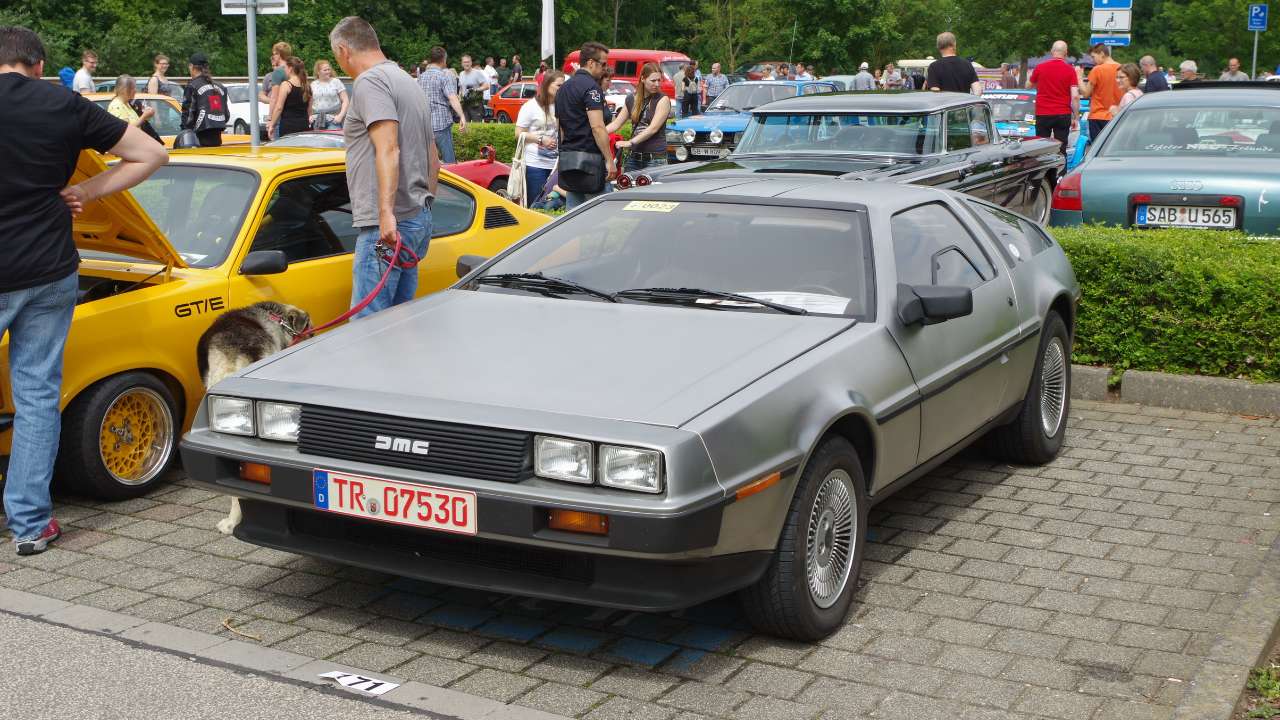
The DeLorean DMC-12 is best known for its starring role in the “Back to the Future” movies. Originally produced between 1981 and 1983, it was plagued by production delays and quality control issues. The car’s stainless steel body and gull-wing doors were futuristic but impractical, leading to its commercial failure.
Despite its rocky start, the DeLorean has become a cult classic. Enthusiasts and collectors are now willing to pay a premium for well-preserved models. Prices have soared in recent years, with some models fetching over $70,000 at auction. The DMC-12’s unique design and pop culture status have transformed it from a flop to a fortune.
Ferrari Mondial
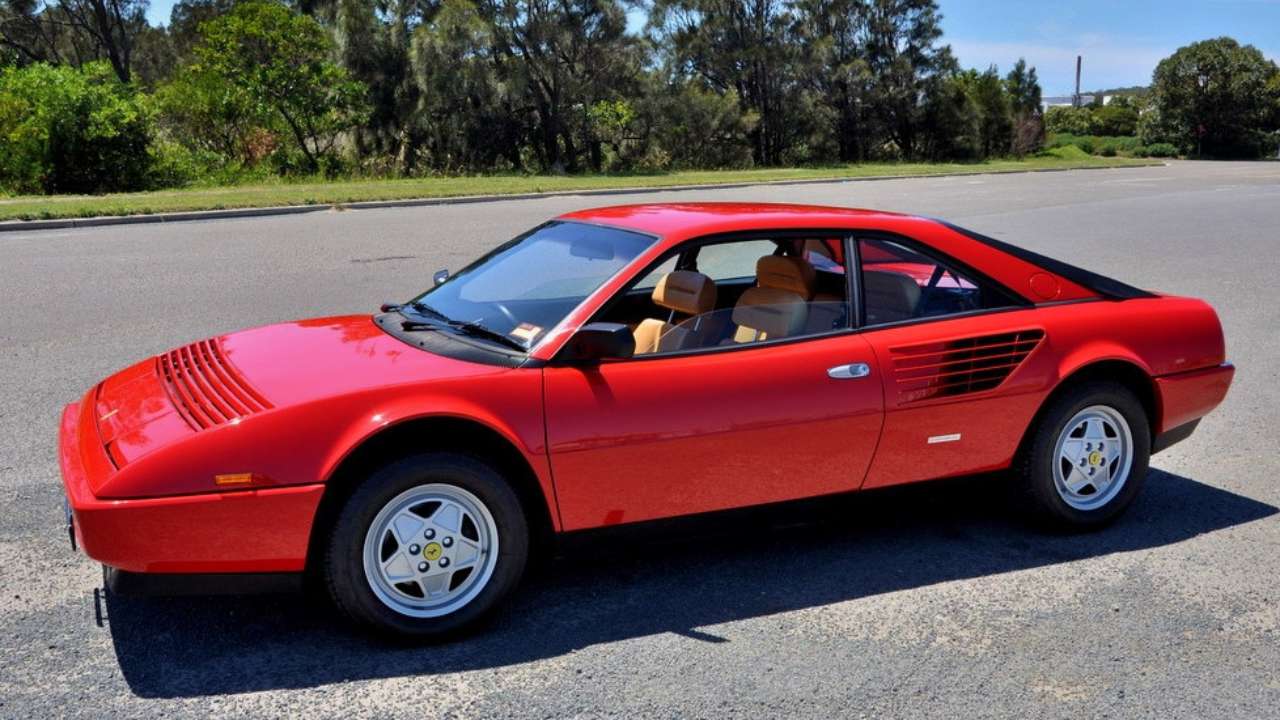
Launched in the early 1980s, the Ferrari Mondial was designed to be a practical supercar. However, it was often criticized for its lackluster performance compared to other Ferrari models. The Mondial’s V8 engine and 2+2 seating configuration failed to impress the hardcore Ferrari enthusiasts of the time.
Today, the Mondial is appreciated for its classic Ferrari styling and relative affordability. Once considered the black sheep of the Ferrari family, it is now gaining recognition among collectors. Prices for well-maintained Mondials have been rising steadily, making it a worthwhile investment for those looking to own a piece of Ferrari history.
Jaguar XJ220
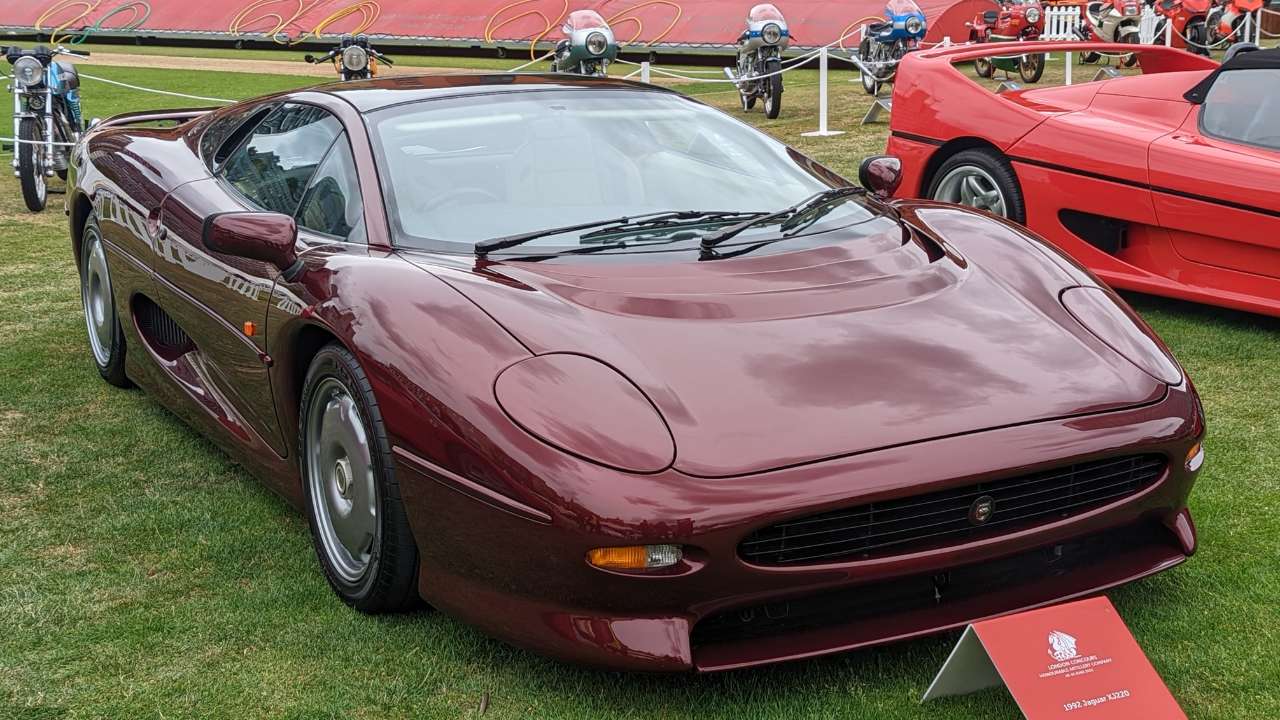
The Jaguar XJ220 was a supercar that promised much but delivered less when it finally hit the market in 1992. Originally conceived as a V12 with all-wheel drive, it eventually launched with a V6 engine, causing disappointment among buyers. Furthermore, its high price tag and the global recession of the early ’90s led to underwhelming sales.
However, the XJ220 has aged gracefully, with its sleek design and impressive speed still turning heads. Collectors have begun to appreciate its rarity and historical significance. Today, the XJ220 is highly sought after, with prices often exceeding $500,000, highlighting its transformation from a commercial bust to a collector’s gem.
Vector W8
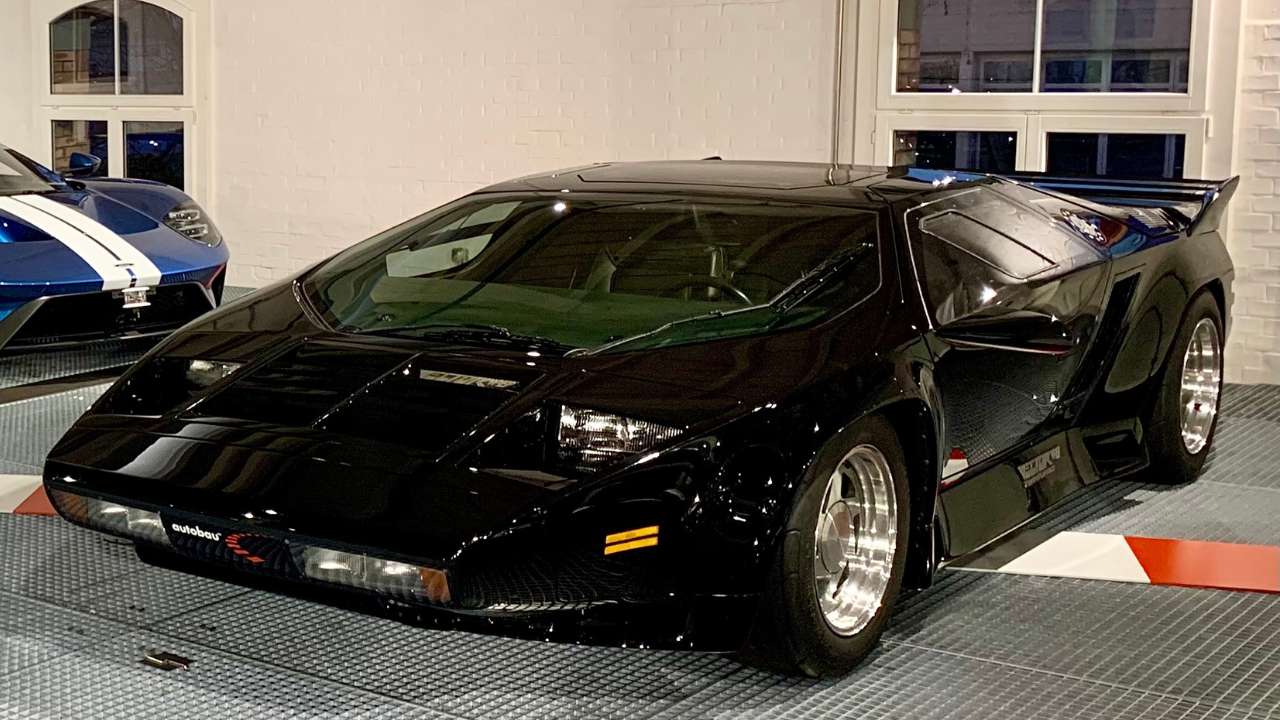
The Vector W8 is a supercar that exemplifies ambition. Developed by Vector Aeromotive Corporation in the late 1980s, it featured aerospace-inspired design and cutting-edge technology. Unfortunately, production was limited, and the company struggled financially, leading to its downfall.
Despite its brief production run, the Vector W8 has garnered a cult following. Its rarity and unique design have made it a prized possession among collectors. Today, a well-preserved Vector W8 can fetch well over $300,000, demonstrating the car’s remarkable turnaround in value.
Bugatti EB110
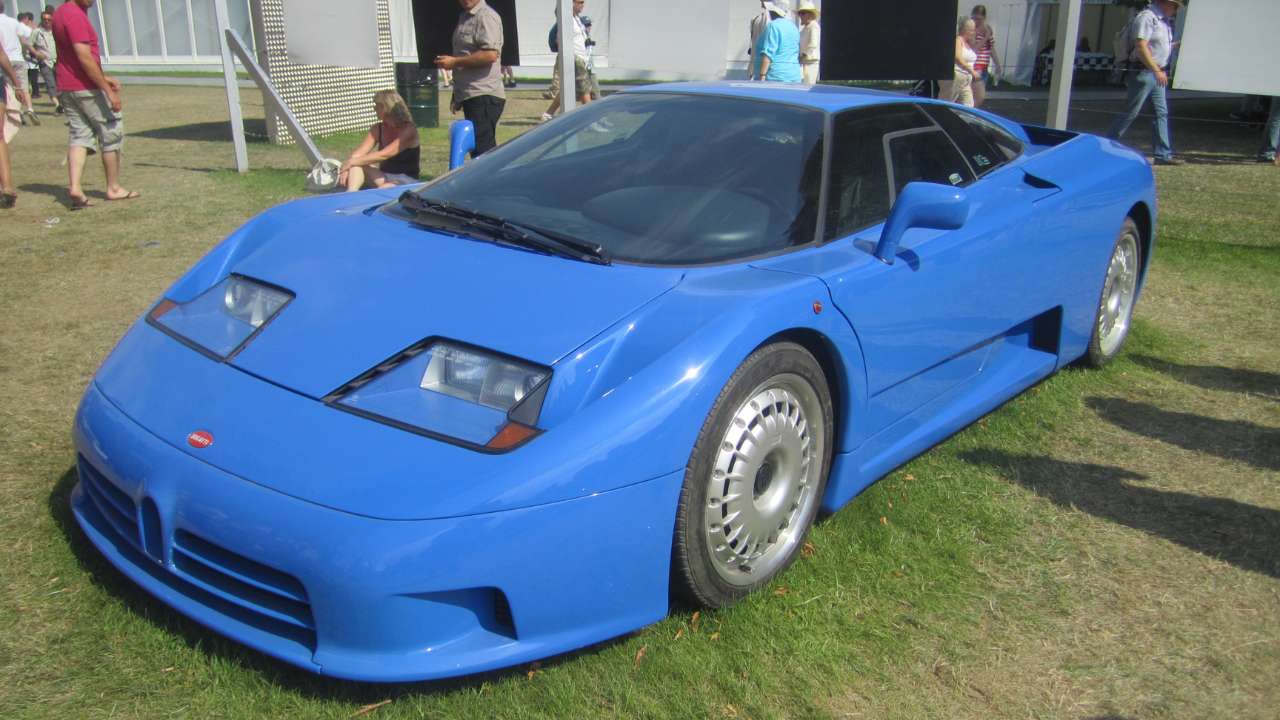
The Bugatti EB110 was introduced in the early 1990s as an attempt to revive the Bugatti brand. It boasted impressive engineering, featuring a quad-turbo V12 engine and all-wheel drive. However, the timing of its release coincided with a global recession, and the company’s financial troubles led to limited production.
In recent years, the EB110 has gained recognition for its pioneering technology and unique design. Collectors have driven up its value, with some models selling for upwards of $2 million. The EB110’s journey from financial failure to prized collectible is a testament to its enduring allure.
Maserati Biturbo
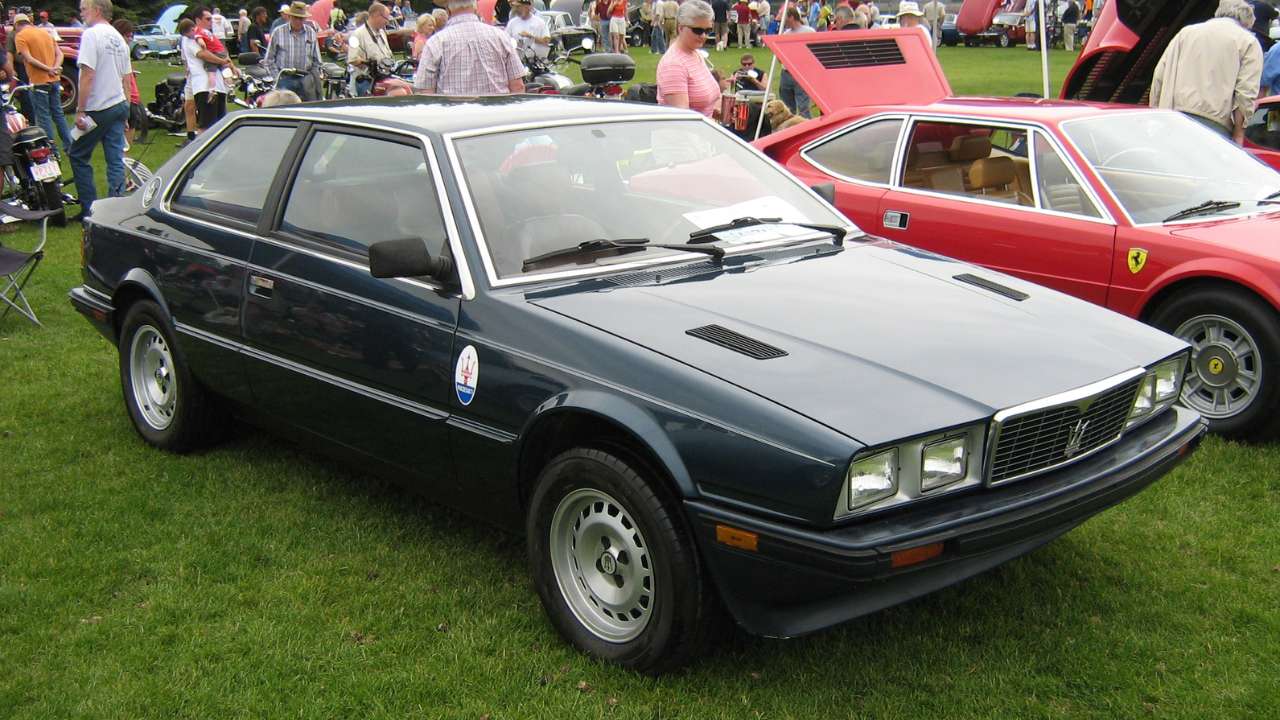
The Maserati Biturbo, launched in the early 1980s, aimed to bring the Maserati experience to a broader audience. However, it was plagued by reliability issues and poor build quality, earning it a tarnished reputation. Despite its initial struggles, the Biturbo’s twin-turbocharged engine offered impressive performance for its time.
Today, the Biturbo is appreciated by collectors for its distinctive Maserati character and affordability. While it may not reach the lofty prices of other supercars on this list, its value has been steadily increasing as enthusiasts seek out this underappreciated classic.
Aston Martin Lagonda
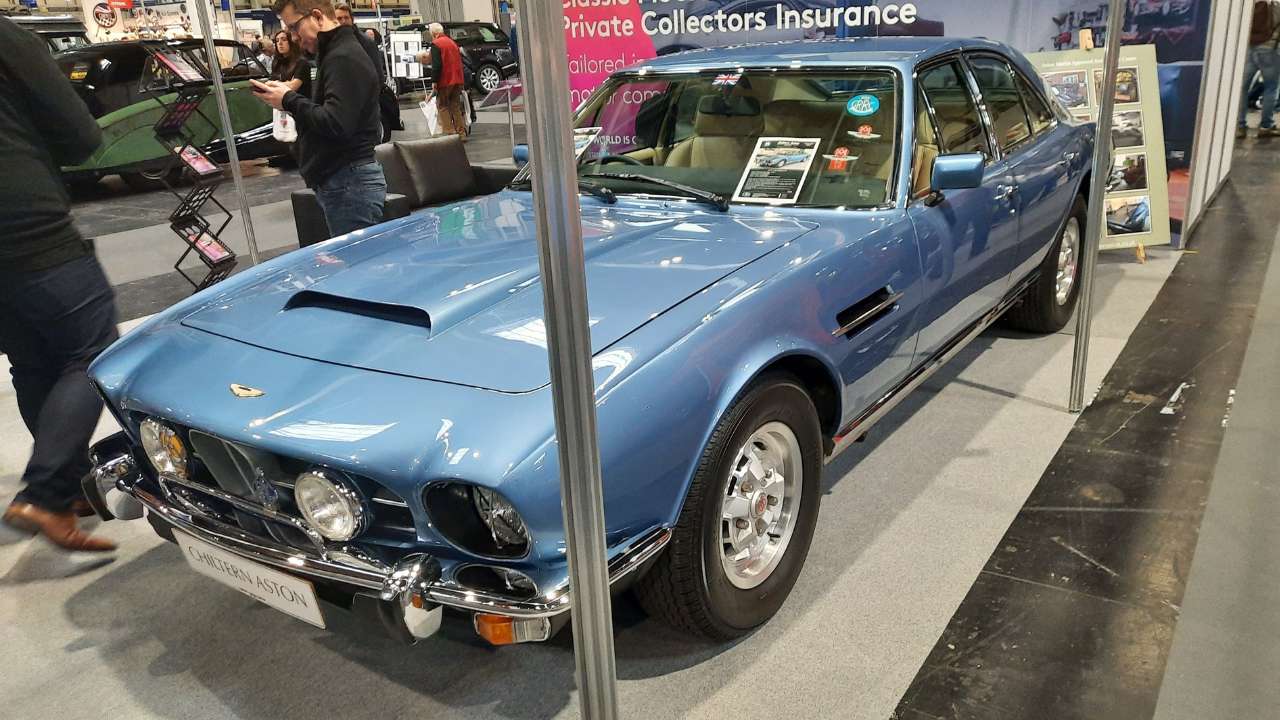
The Aston Martin Lagonda was a bold statement in automotive design when it debuted in 1976. Its futuristic styling and advanced technology, including digital instrumentation, were groundbreaking. However, these same features proved to be problematic, causing reliability issues and customer dissatisfaction.
Despite its rocky reception, the Lagonda has become a symbol of 1970s luxury and innovation. Collectors now appreciate its unique design and rarity, with prices climbing significantly in recent years. A well-maintained Lagonda can now command prices well over $100,000, showcasing its revival as a collector’s favorite.
Lotus Esprit Turbo
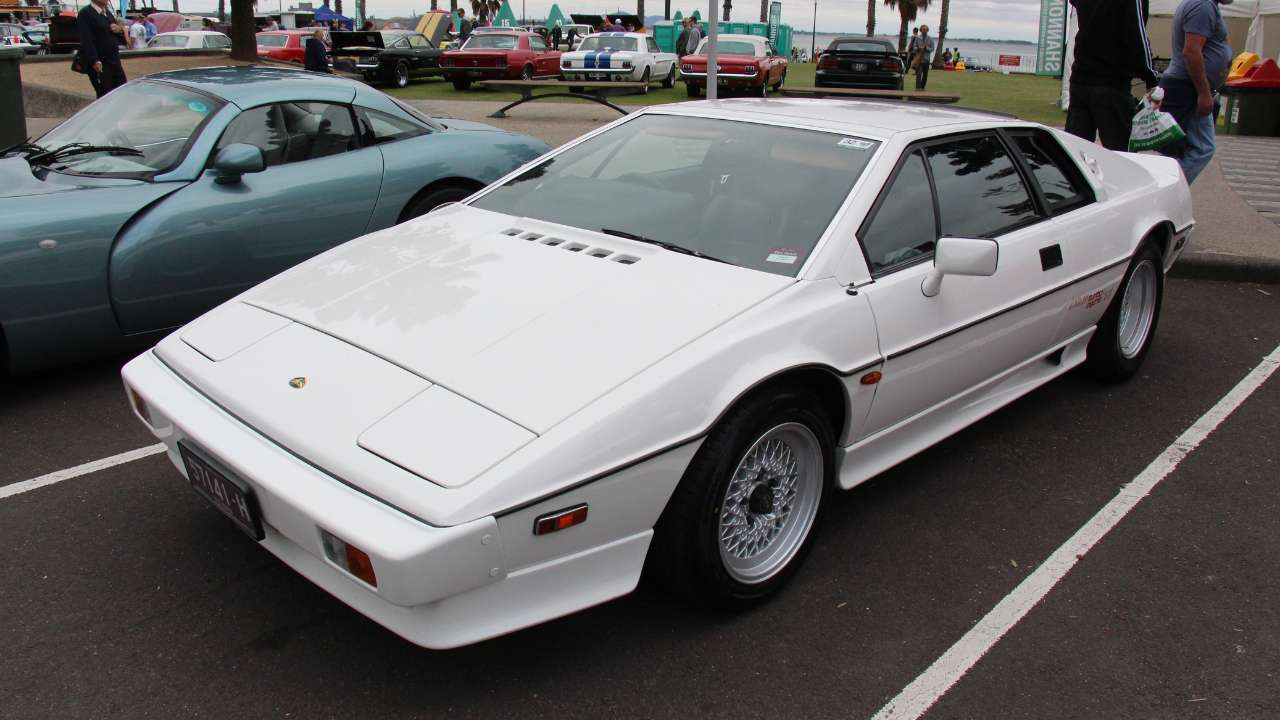
The Lotus Esprit Turbo gained fame as a Bond car, but its initial production in the 1980s was fraught with issues. The car’s lightweight design and turbocharged engine promised high performance, yet it struggled with reliability concerns and build quality.
Despite these early setbacks, the Esprit Turbo has found new life in the collector market. Its association with James Bond, coupled with its unique design, has driven up demand. Prices for well-preserved models have risen, reflecting its status as a desirable classic.
Lamborghini Jalpa
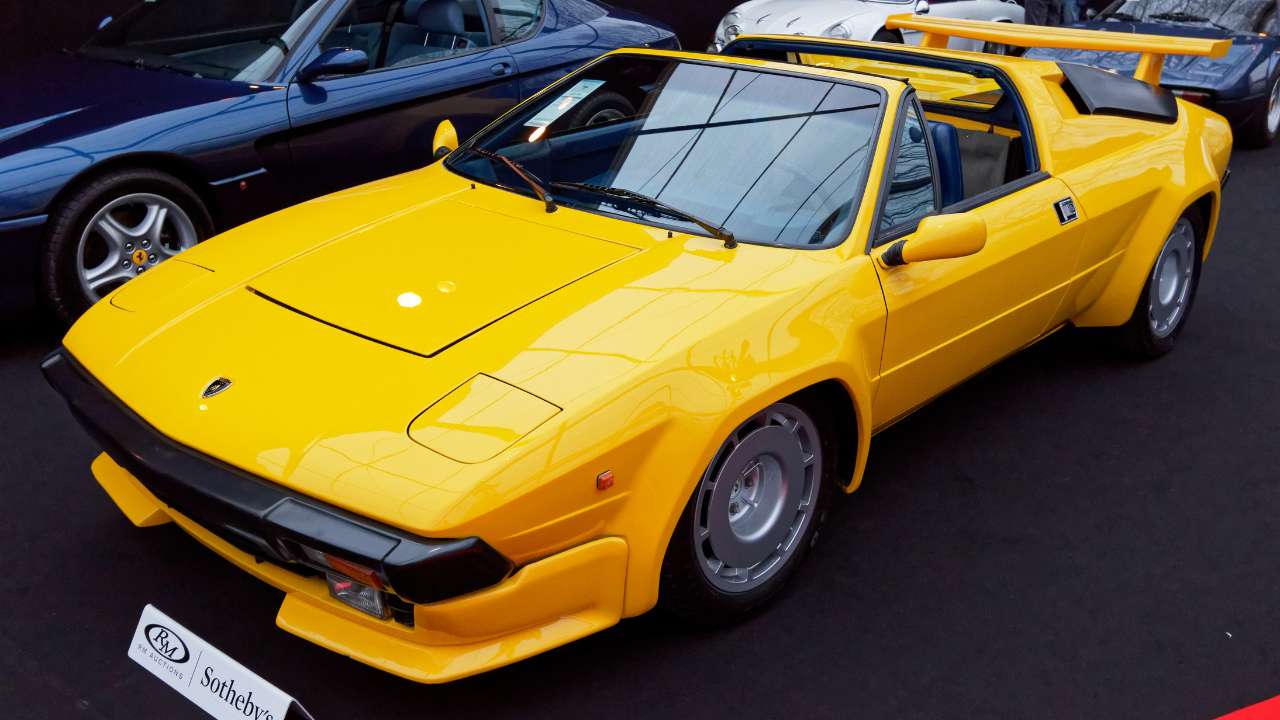
The Lamborghini Jalpa, produced between 1981 and 1988, was intended to be an entry-level Lamborghini. It featured a V8 engine and a more affordable price tag than its V12 siblings. However, it failed to capture the market’s attention, and production numbers remained low.
Today, the Jalpa is appreciated for its distinctive Lamborghini styling and relative rarity. Collectors have begun to recognize its value, with prices steadily increasing. The Jalpa’s transformation from overlooked model to sought-after classic is a testament to its enduring appeal.
Porsche 959
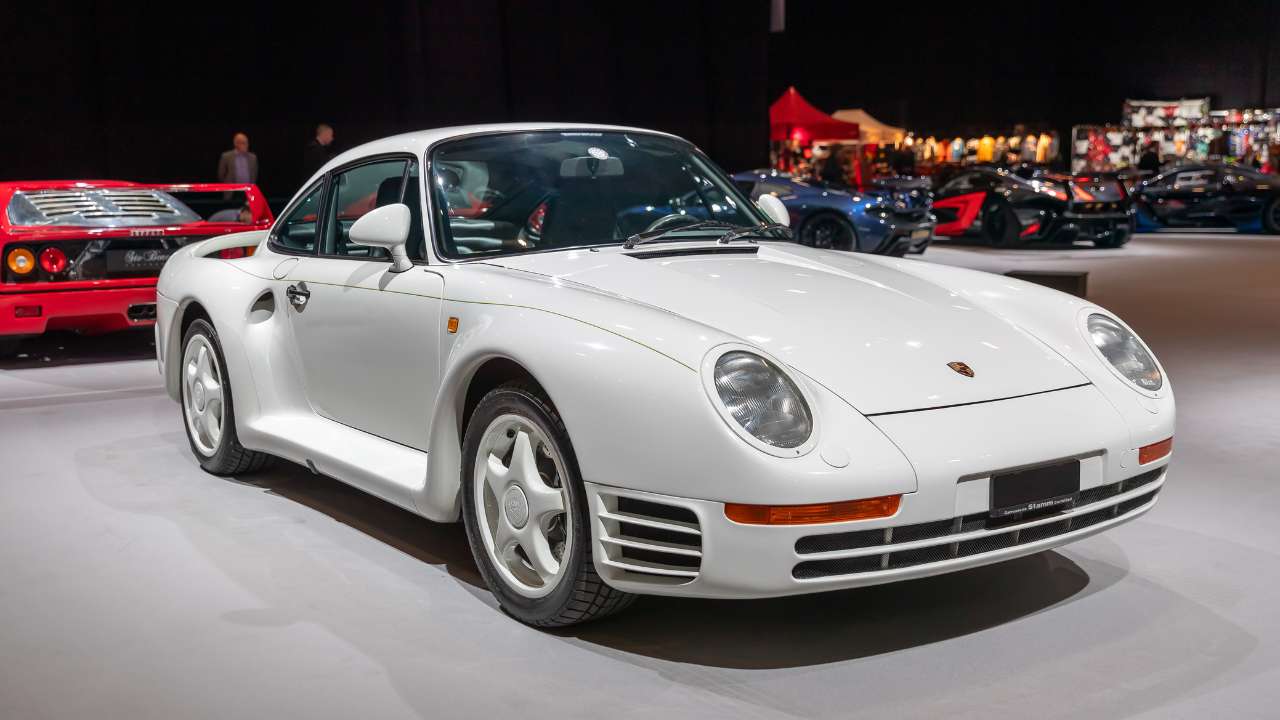
The Porsche 959 was a technological marvel when it debuted in the mid-1980s. Designed for the Group B rally circuit, it featured advanced all-wheel-drive technology and a twin-turbocharged engine. However, production delays and high costs limited its commercial success.
Despite its initial challenges, the 959 is now celebrated as one of Porsche’s most iconic models. Its cutting-edge technology and performance have made it highly desirable among collectors. Today, the 959 can command prices well over $1 million at auction, highlighting its remarkable transformation from a costly endeavor to a collector’s dream.
Like Fast Lane Only’s content? Be sure to follow us.
Here’s more from us:
*Created with AI assistance and editor review.

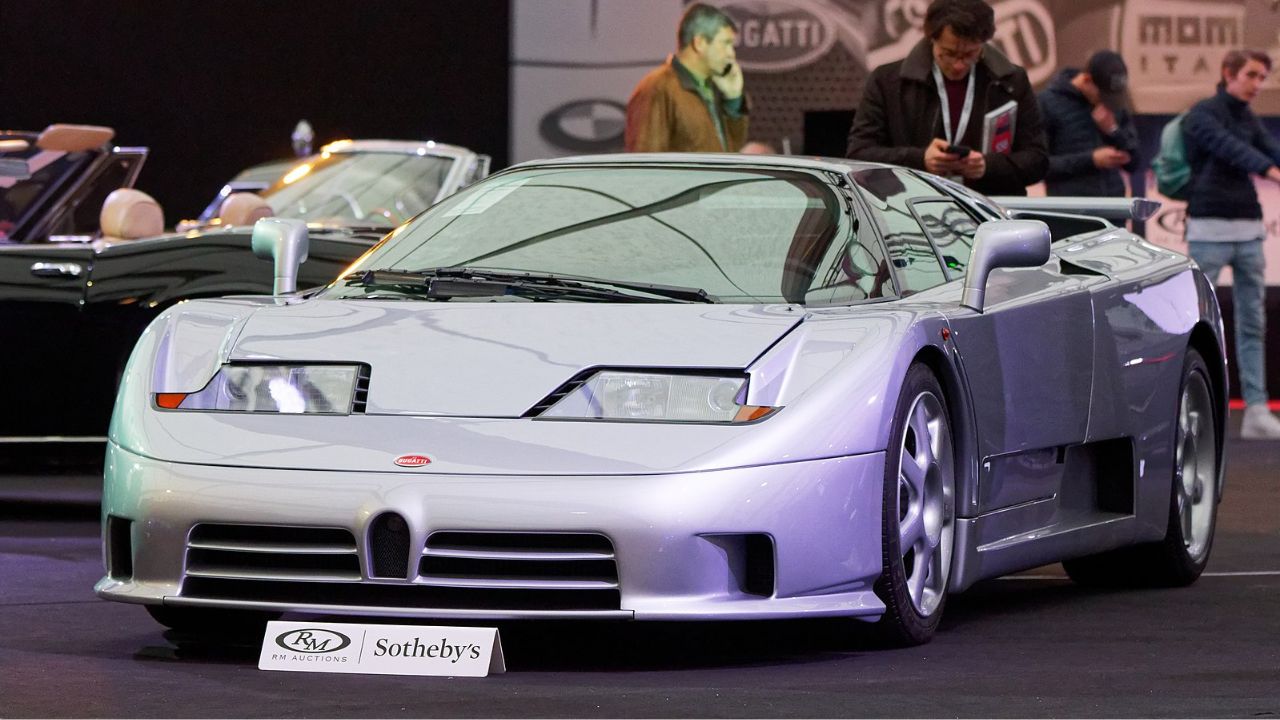
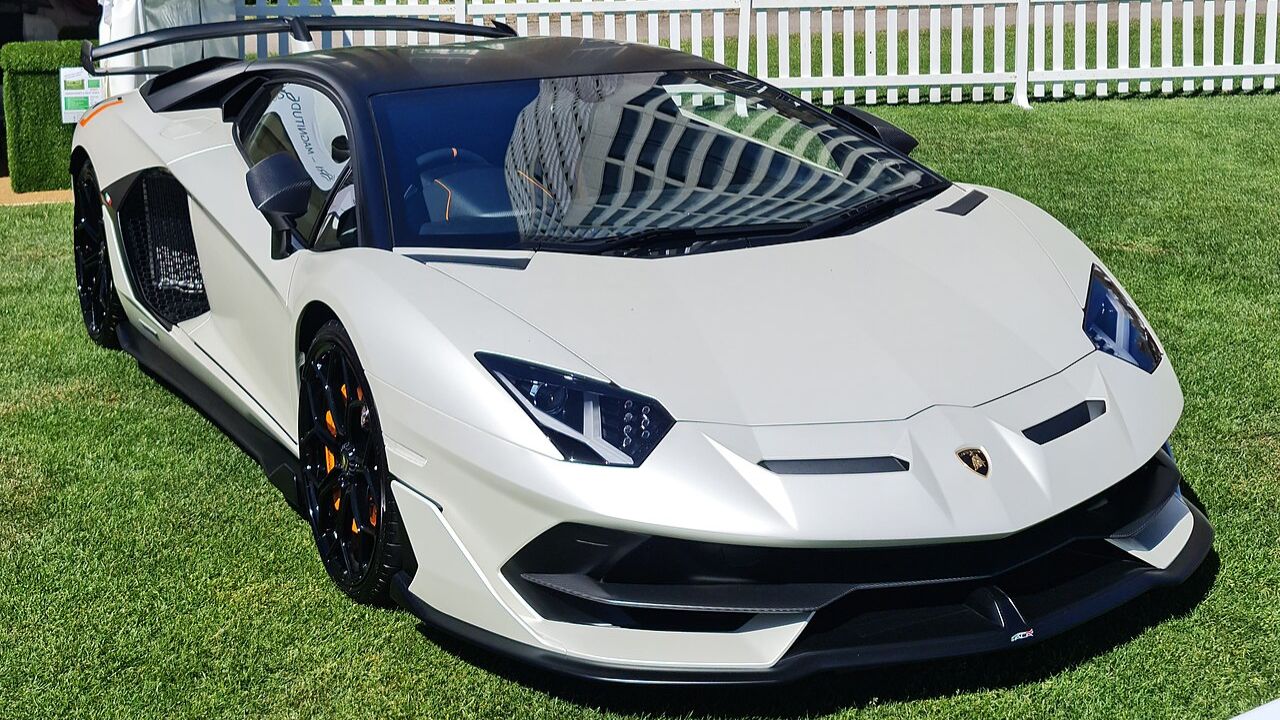
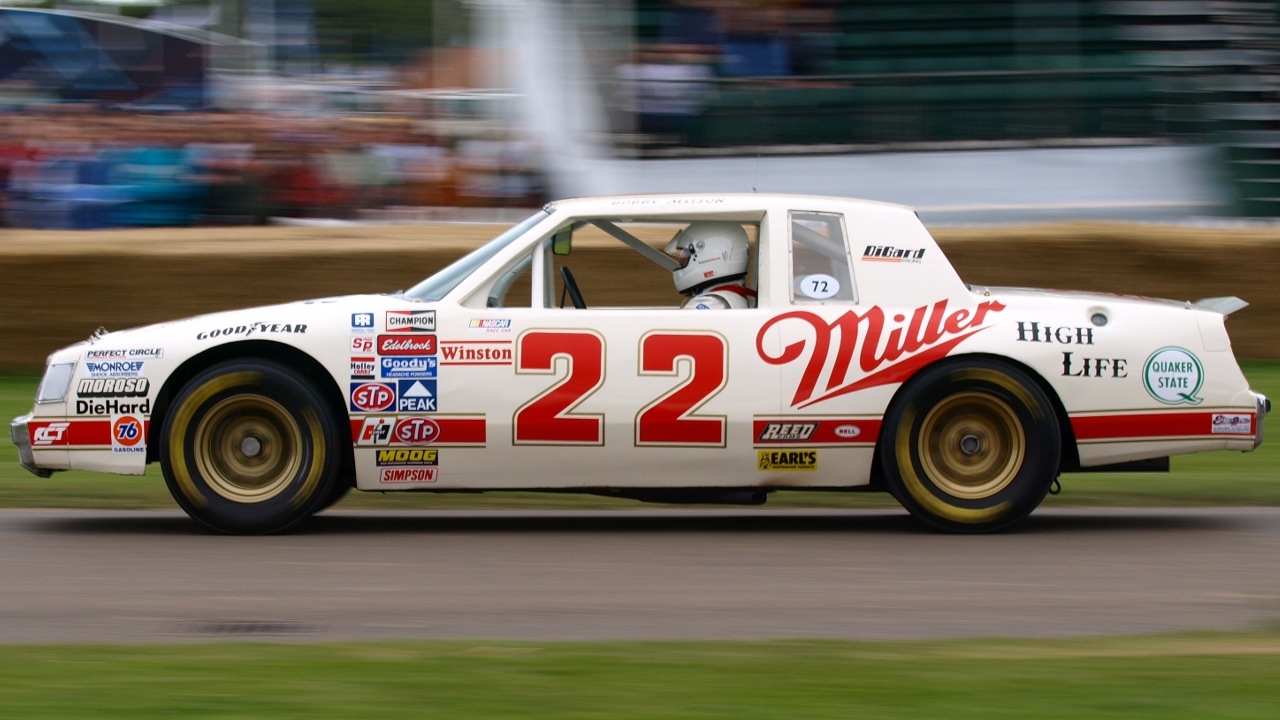
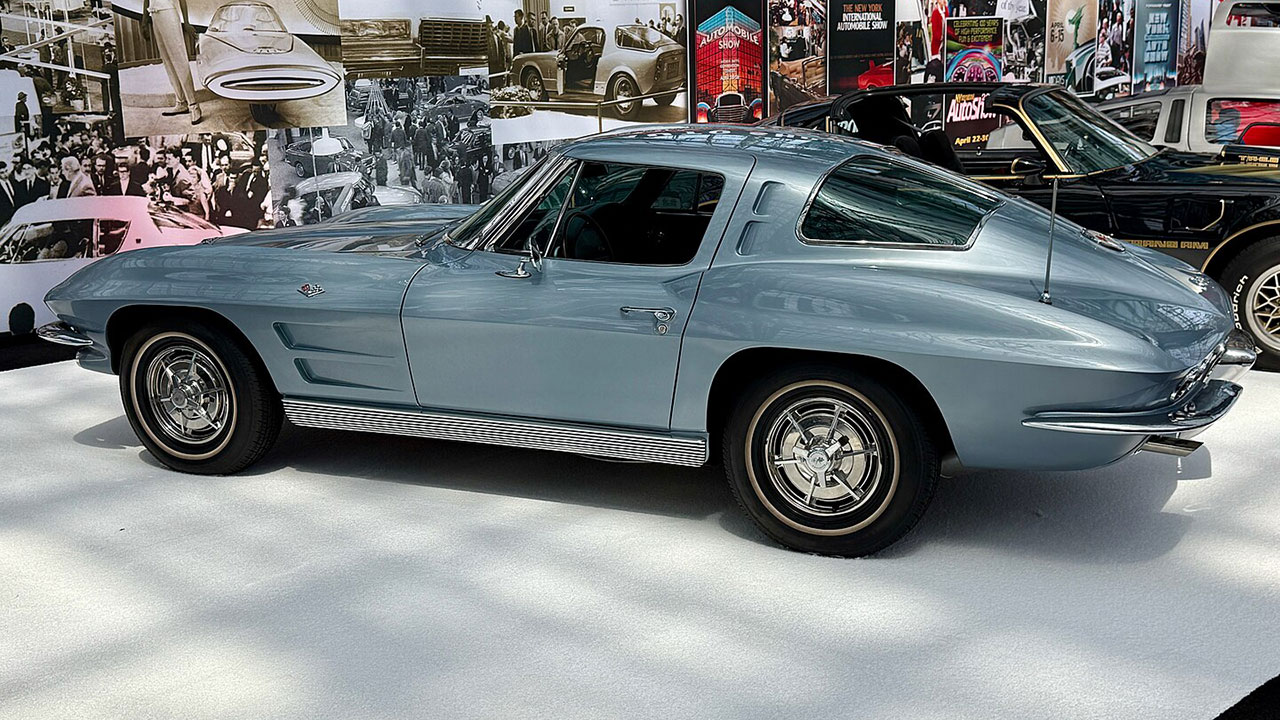
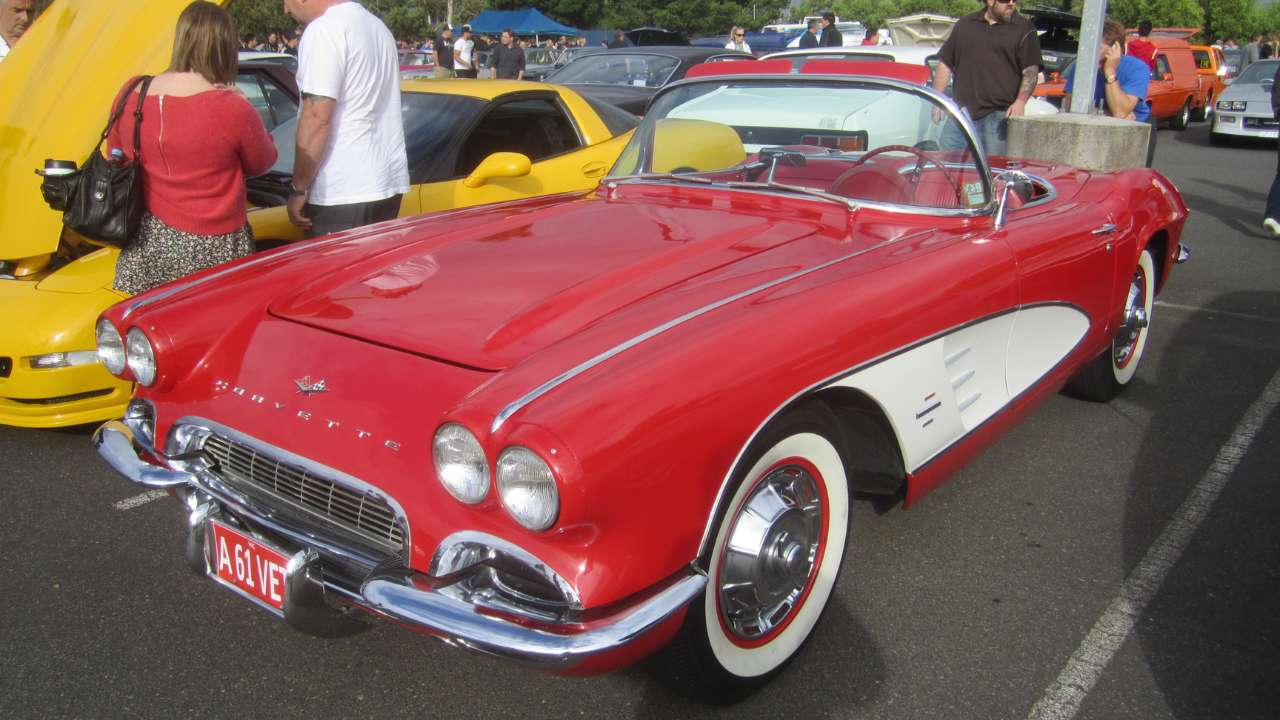
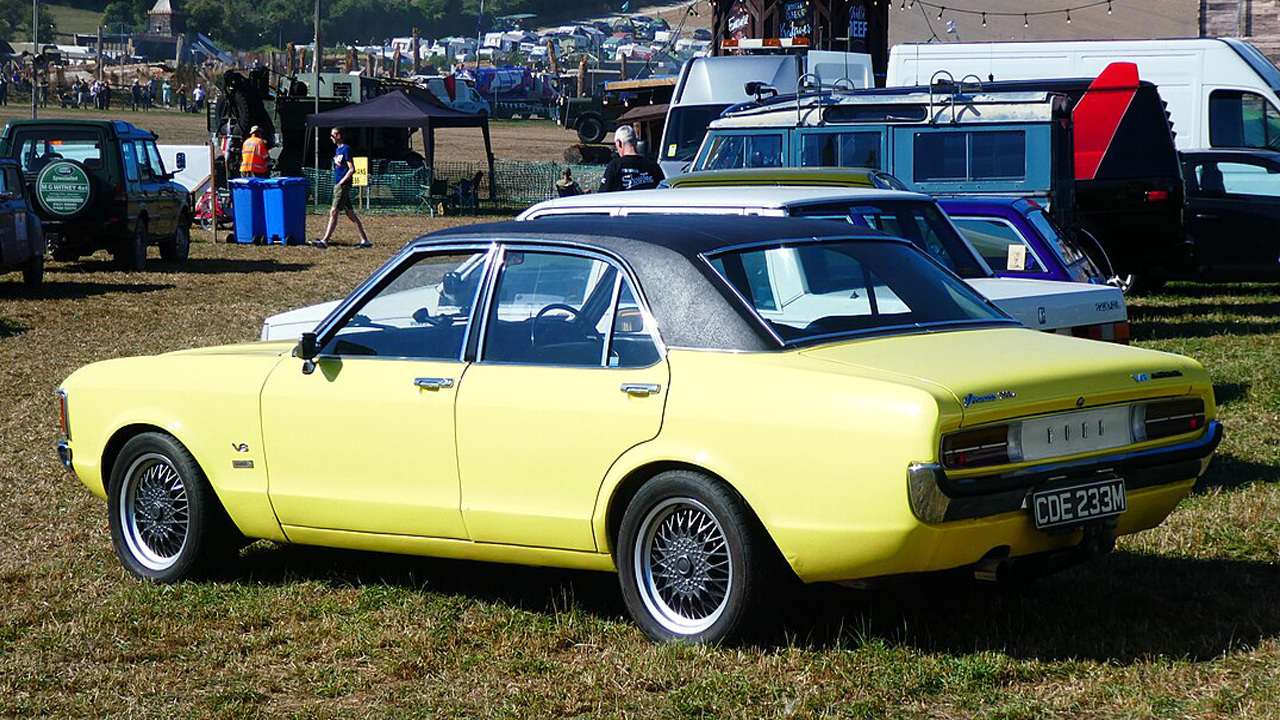
Leave a Reply